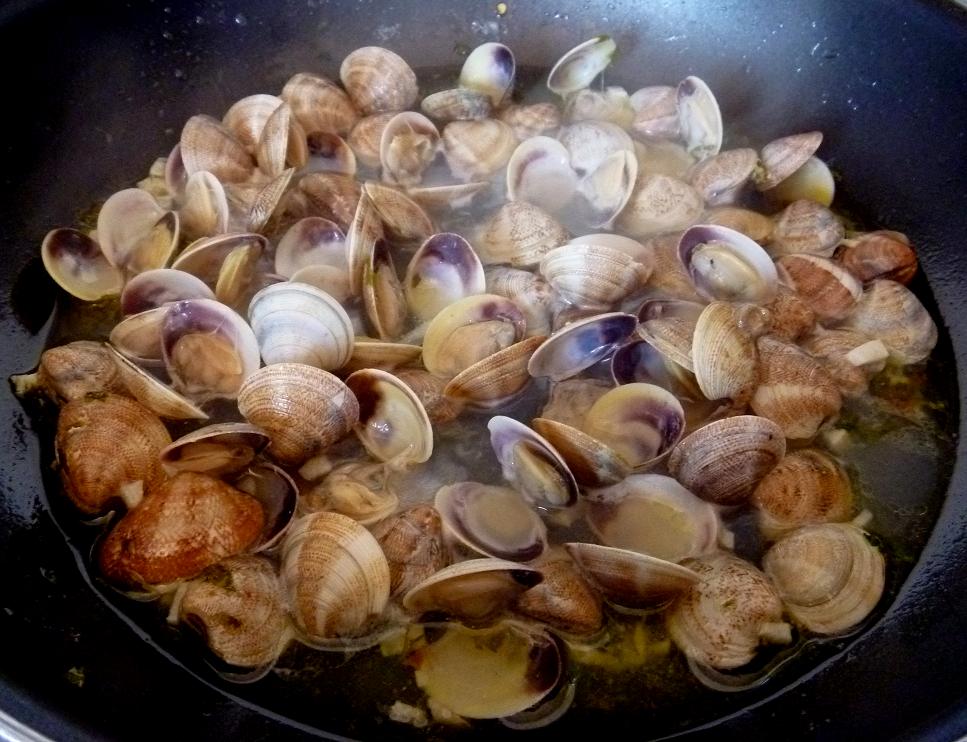A line of eager mouths snaked in front of Acme Bread, where workers pulled flour-dusted loaves from a brick oven. At Boccolone, diners noshed on house-cured salumi and homemade Italian sausages.
Evoking Europe's covered markets, the Ferry Building touts California's local vitals. I can't afford most food on sale here. I like to browse, though. One of my favorite spots is a stall where I've never shopped: Far West Fungi.
 |
| Far West Fungi |
Perusing the porcini and prune-wrinkled morels, I started concocting mushroomy meals in my head. Risotto? Lasagna? Veggie ragù? In a rush, I went for a quick dish: mushroom crostini. Toasted bread is crowned in pan-crisped mushrooms, lemony parsley and a hint of cream. I grabbed a crusty baguette at Acme Bread and headed home.
| Far West Fungi |
INGREDIENTS:
- 12 oz - 1 lb of mixed mushrooms (crimini, button, Shitake, portobella, etc), sliced
- 1 loaf crusty bread (baguette or Italian), sliced thick
- A bunch of flat-leaf parsley
- 2 tablespoons fresh cream or half-and-half
- 4-5 tablespoons fresh grated parmigiano
- 4-6 tablespoons extra virgin olive oil
- Black pepper, to taste.
 |
| www.thefreshloaf.com |
Slice the rustic Italian loaf or baguette into 1" - 1.5" slices. Toast the bread on a baking sheet in the oven until hard. Be sure not to over toast. Your slices should feel like toast but not yet be golden-brown. Set aside the bread and let cool at room temperature.
Meanwhile, wash and clean the mushrooms, scrubbing off any soil that clings to the 'shrooms. Coarsely slice the mushrooms. Some slices can be thin like the mushrooms you see on pizzas and some can be chunkier. When the mushrooms are cut rough-chop a bunch of flat-leaf parsley. You'll need about 2 tablespoons of chopped parsley.
 |
| Image from: Delightful Delicacies |
Cook 2-3 minutes on each side, stirring only occasionally. Once browned, remove the batch of mushrooms to a separate plate and continue pan-frying the remaining fungus. When all of the mushrooms have been browned, return them to the skillet.
Heating over medium-low, toss in the chopped parsley. Pepper to taste and mix for 1 minute. Because we're using salty parmigiano, you won't need to add salt now. While the mushrooms and parsley re-heat, spoon in the grated parmigiano. Stir the skillet vigorously until the cheese starts to melt and turn gooey.
 |
| Photo from Italian blog: http://focacciaalrosmarinoit.blogspot.com/ |












































